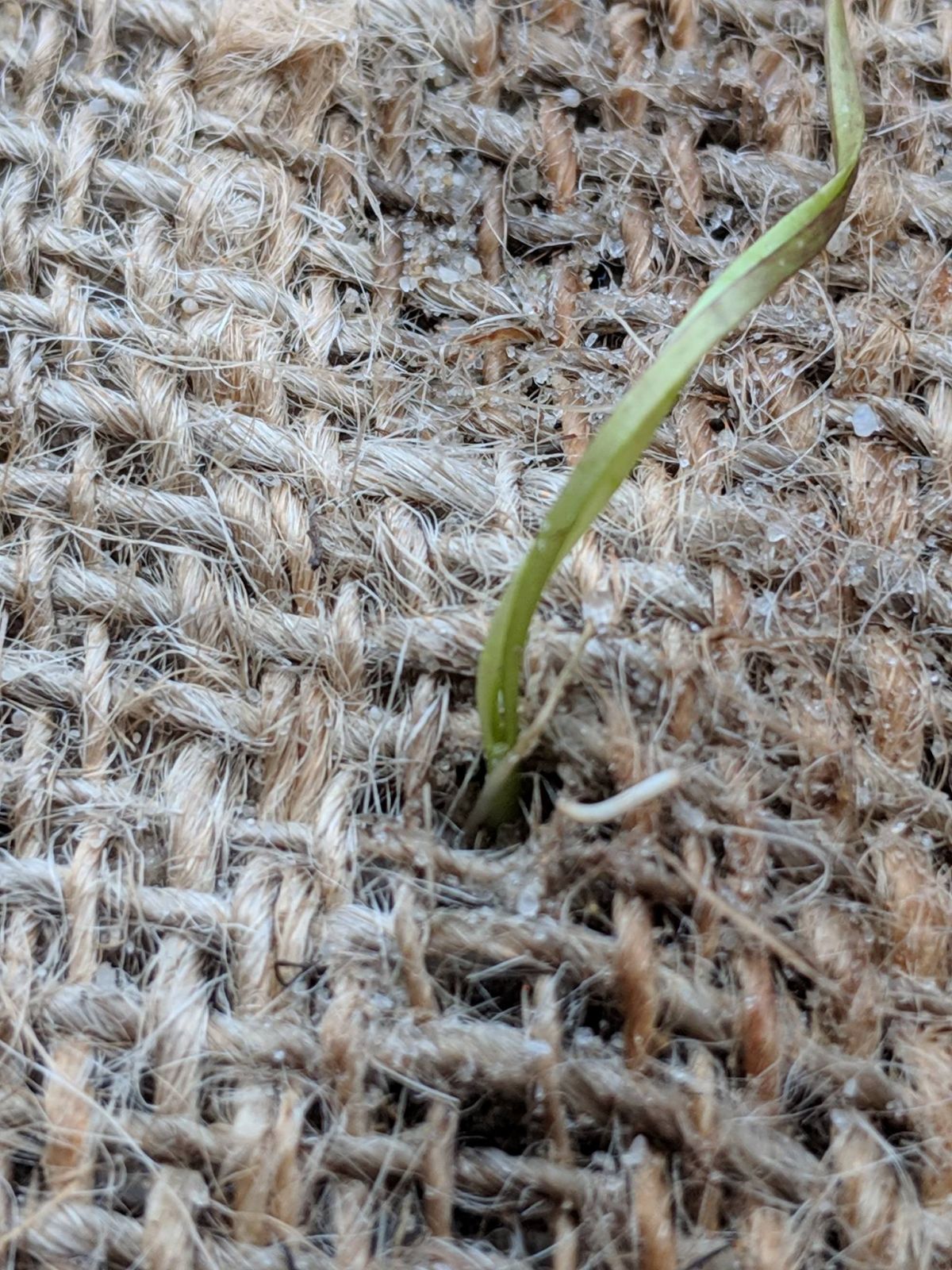![]()
Winner - Distinction in biodiversity and ecosystem conservation
(Community volunteer groups / individuals)
Corner Inlet Broadleaf Seagrass Restoration Project
Yarram Yarram Landcare Network
Corner Inlet
Over recent years the Broadleaf Seagrass (Posidonia australis) meadows in the Corner Inlet area have been devoured by the Purple Sea Urchin (Heliocidaris erythrogramma). While a native species, an overabundance of urchins has resulted in the loss of feeding and shelter habitat for fish in the region which is an important fishing ground for Victoria's commercial and recreational fishers.
The Yarram Yarram Landcare Network, in partnership with the local Corner Inlet fishing community, is undertaking a project to locate, harvest and replant areas of the seagrass meadows. Several trial plantings using different methods are underway, with the final aim of replenishing 200 hectares of seagrass. Volunteers plant seagrass seedlings into sand-filled hessian bags, which are then transported to locations within Corner Inlet on commercial fishing vessels. These are then ‘sown’ at low tide by teams of volunteers.
By increasing the area of native seagrass the project will recover habitat for important fish species, improve water quality and clarity, biodiversity, natural amenity, promote sediment stability, and biological productivity in Corner Inlet. The recovery of seagrass contributes to carbon capture and oxygen production through restoration of carbon sinks and preservation of carbon already stored in marine sediments. Seagrass meadows also slow the flow of incoming water by trapping sand and nutrients in their root systems and this can minimise the damage caused by flooding or catchment-based runoff. Other benefits of this project include empowering the Corner Inlet commercial fishers with knowledge about habitat restoration, and increasing community understanding of the impact that on-shore activities can have on seagrass meadows.
By working to re-establish areas of broadleaf seagrass already lost and protecting what remains, this collaboration between the fishing community, conservationists, farmers and academics aims to return the area to optimum health supporting a healthy population of native fish and other marine animals. Initial monitoring of seedlings is delivering outstanding results. Community involvement in habitat restoration is also contributing to ecological resilience in the face of climate change.





Page last updated: 20/11/20